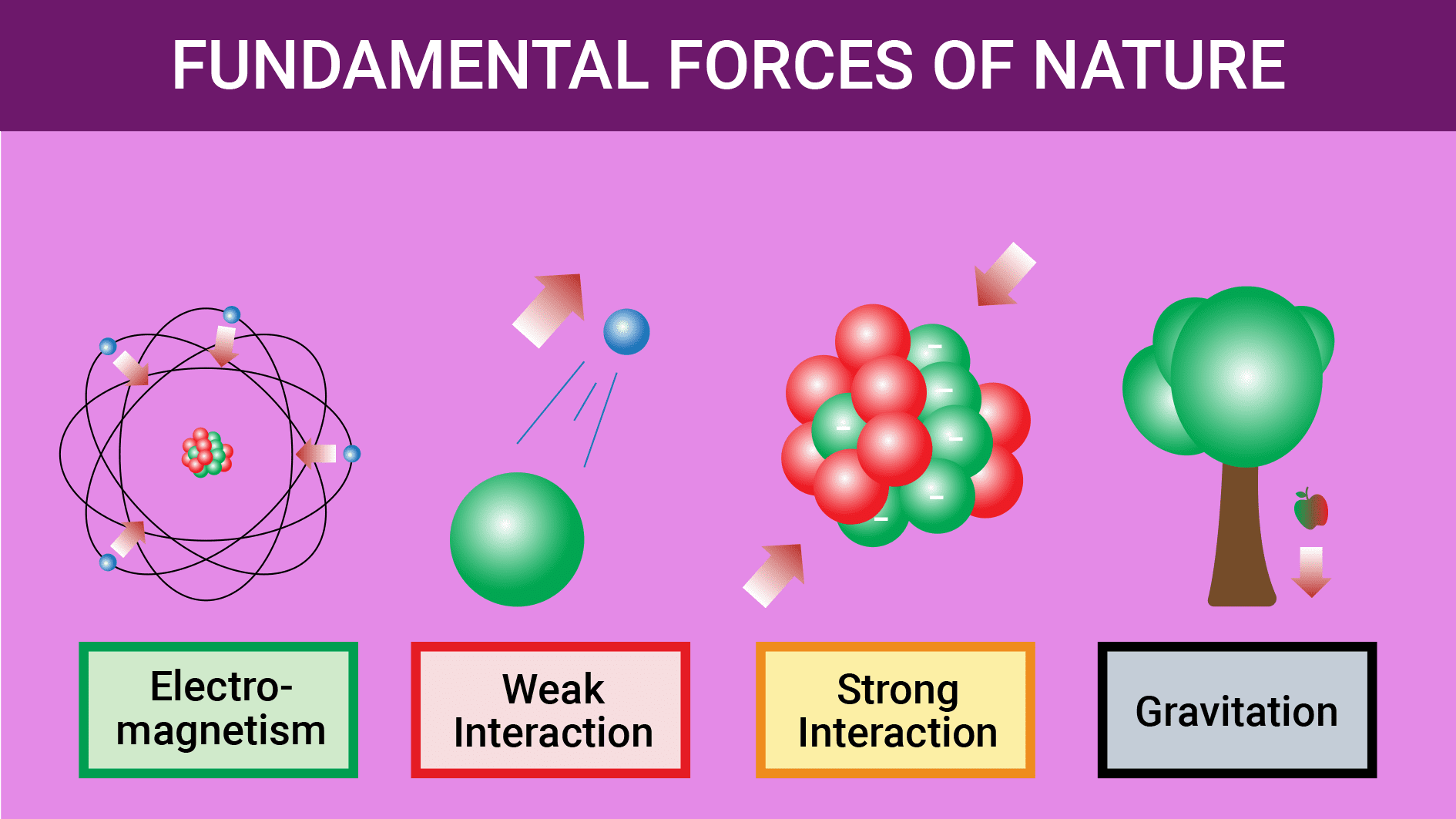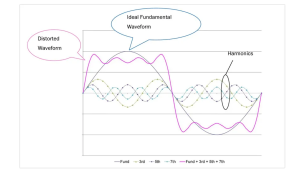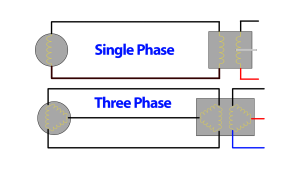In the universe, four fundamental forces govern all interactions between matter and energy. These forces are gravity, electromagnetism, the weak nuclear force, and the strong nuclear force. Understanding these forces allows scientists to explain the behavior of the universe from the smallest particles to the largest structures in space.

Gravity
Gravity is the force that attracts two bodies towards each other. It is proportional to the mass of the bodies and inversely proportional to the square of the distance between them. This force is described by Isaac Newton’s Law of Universal Gravitation and further refined by Albert Einstein’s General Theory of Relativity.
Newton’s Law of Universal Gravitation states that every point mass attracts every other point mass by a force acting along the line intersecting both points. The formula is expressed as:
Where is the gravitational force,
is the gravitational constant,
are the masses, and
is the distance between the centers of the masses.
Einstein’s General Theory of Relativity suggests that gravity is not a force. But in fact a curvature of spacetime caused by mass and energy. Massive objects cause a distortion in spacetime that we perceive as gravity.
Electromagnetism
The second fundamental force of nature is electromagnetism. Electromagnetism describes the interactions between electrically charged particles through electric and magnetic fields. Maxwell’s equations govern this phenomenon, providing a comprehensive theory of both electricity and magnetism.
Maxwell’s Equations consist of four partial differential equations that describe how electric and magnetic fields are generated by charges, currents, and changes of the fields themselves. Electromagnetism plays a critical role in everyday life. It powers our electronic devices, lights our homes, and enables electrical communications through radio waves.

Weak Nuclear Force
The weak nuclear force is responsible for the process of radioactive decay in subatomic particles. It is termed ‘weak’ because its strength is considerably less than that of electromagnetism and the strong nuclear force. But it plays a crucial role in the nuclear fusion processes that power the sun and other stars.
Radioactive Decay such as beta decay is a common manifestation of the weak force. During beta decay, a neutron in the nucleus of an atom changes into a proton while emitting an electron (beta particle) and an antineutrino. W and Z bosons mediate this force, and they are much heavier than the photons of electromagnetism.
Strong Nuclear Force
The strong nuclear force, also known as the strong interaction, is the most powerful of the four fundamental forces. It acts between the protons and neutrons of atoms’ nuclei. And it is responsible for holding the nucleus together against the enormously repulsive electromagnetic force between the positively charged protons.
Strong nuclear forces bind protons and neutrons (called nuclear binding) in the nucleus via the exchange of particles called gluons. Thus, acts as the mediators of this force. This force operates over extremely short ranges, typically less than the diameter of a proton or neutron.
Unification of Forces
One of the primary goals of modern physics has been to unify these four fundamental forces into a single theoretical framework. This endeavor has led to significant developments:
- Electroweak Theory successfully unified electromagnetism and the weak nuclear force into one overarching framework. Proposed by Sheldon Glashow, Abdus Salam, and Steven Weinberg, this theory describes how these two forces exhibit similar behaviors at very high energy levels. Such as those present shortly after the Big Bang.
- Grand Unified Theories (GUTs) attempt to further unify the electroweak interaction with the strong nuclear force. While no GUT has been completely accepted or verified through experiments yet, these theories suggest that at extremely high energies, all three forces might converge into a single force.
- Theory of Everything Including gravity in the unification efforts is the most ambitious goal. This is often attempted through theories like string theory, which proposes that point-like particles are replaced by one-dimensional strings. These strings’ vibrations could explain all particle types and fundamental forces.
Conclusion
Understanding and harnessing these forces has profound implications for a society. Technological Advancements such as nuclear power and medical imaging techniques like MRI are direct applications of our understanding of the fundamental forces. The behavior of these forces at different energy levels and scales helps scientists understand the Big Bang, the formation of stars, and the expansion of the universe. From the structural integrity of buildings (gravity) to the functioning of our cell phones and computers (electromagnetism), these forces impact everyday life.
The four fundamental forces of nature form the backbone of all physical theories in the universe. Their interactions dictate the structure of matter, the nature of cosmological phenomena, and the framework of all scientific endeavors in physics. As research continues, the quest to unify these forces promises to unlock further secrets of the universe. Paving the way for future scientific breakthroughs and technological advancements.






